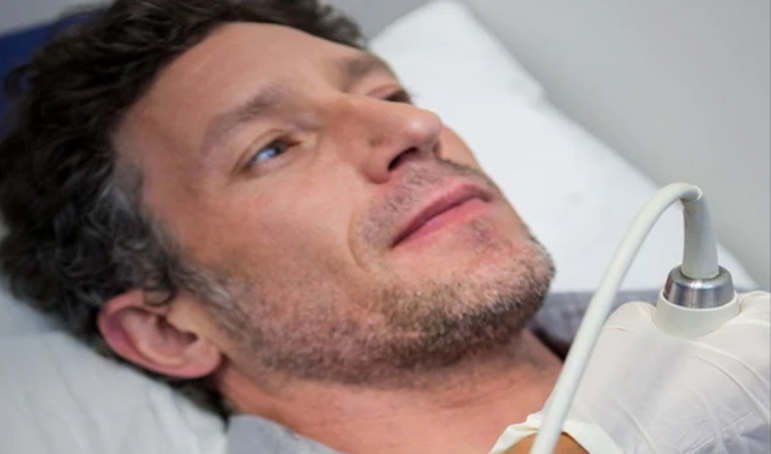ICU learning pathway | Central Venous and Pulmonary Artery Catheters



Central Venous and Pulmonary Artery Catheters
Session overview
Description
Central venous catheters are widely used in various clinical settings. This session describes the indications for their use, their types, sites of insertion, techniques employed in their insertion, benefits and risks associated with their use. The pulmonary artery flotation catheter is also described.
By the end of this session you will be able to:
- Recognize the indications for the use of central venous catheters
- Describe the different types of central venous catheters
- Discuss the techniques used in insertion and the sites used for insertion
- Explain the immediate and late complications that may arise with central venous cannulation
- Describe the use of ultrasound guidance during insertion of central venous catheters
- Describe the use of pulmonary artery flotation catheters
This session begins with an examination of the indications for central venous access and continues by considering the different types of catheters.The difficulties of insertion and the preparation required are then discussed.
There are a number of insertion sites at the practitioner’s disposal, the most common routes being the:
- Subclavian
- Femoral
- Internal jugular
- Antecubital fossa (for the peripherally inserted central catheter (PICC) lines)
Insertion via these routes will be described and illustrated. Insertion at these sites may give rise to immediate and late complications. These complications, and ways to alleviate them, will also be explained.
The session will describe the use of ultrasound to assist with central venous cannulation. Finally, we consider the use of Pulmonary Artery Flotation Catheters (PAFC).
- Anaesthesia | e-LA Learning Path: Edinburgh Medica...
- Posted By eIntegrity Healthcare e-Learning
- Posted Date: 2025-02-05
- Location:Online
- This session will cover the assessment and treatment of post-operative pain and management of early post-operative nausea and vomiting (PONV).
- Anaesthesia | e-LA Learning Path: Edinburgh Medica...
- Posted By eIntegrity Healthcare e-Learning
- Posted Date: 2025-02-05
- Location:Online
- This session illustrates the importance of effective airway maintenance in the recovery room, why oxygen therapy is required and how it can be safely and effectively administered.
- Anaesthesia | e-LA Learning Path: Edinburgh Medica...
- Posted By eIntegrity Healthcare e-Learning
- Posted Date: 2025-02-05
- Location:Online
- This session describes the function of a recovery facility, the most common problems likely to be encountered in post-operative patients, and makes suggestions for the management of these problems.
- Anaesthesia | e-LA Learning Path: Edinburgh Medica...
- Posted By eIntegrity Healthcare e-Learning
- Posted Date: 2025-02-05
- Location:Online
- This session outlines the basic definitions of local and regional anaesthesia (LA and RA), and advises when to use each as a sole technique and when to use in combination with general anaesthesia (GA). It also covers consent issues, minimal safety standar
- Acute Medicine | Palliative care | Non-drug interv...
- Posted By eIntegrity Healthcare e-Learning
- Posted Date: 2025-02-04
- Location:Online
- This session outlines a variety of non-drug interventions which may be used in an integrated approach to symptom management and enhance quality of life in end of life care. This session was reviewed by Louise Free and Richard Kitchen and last updated in F


